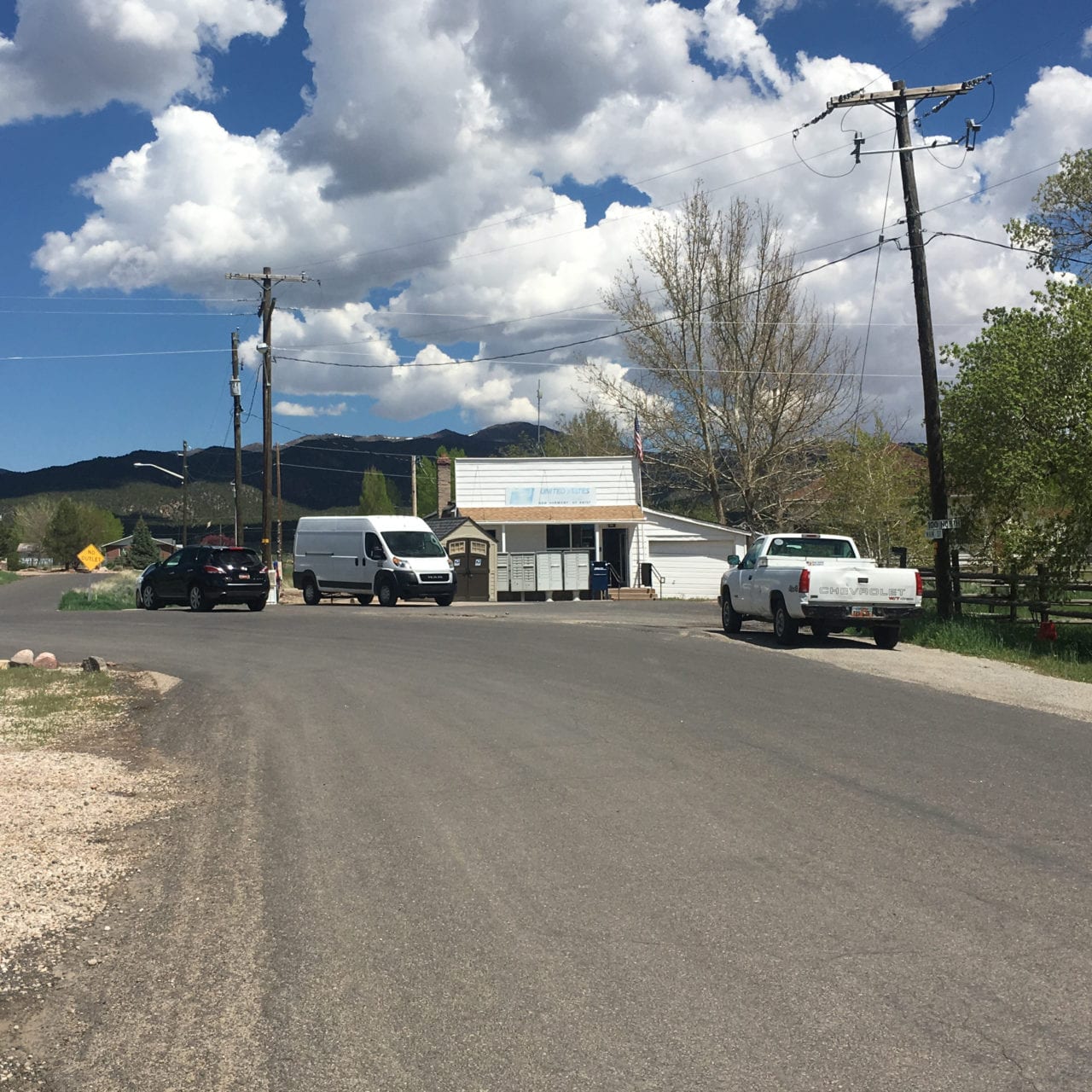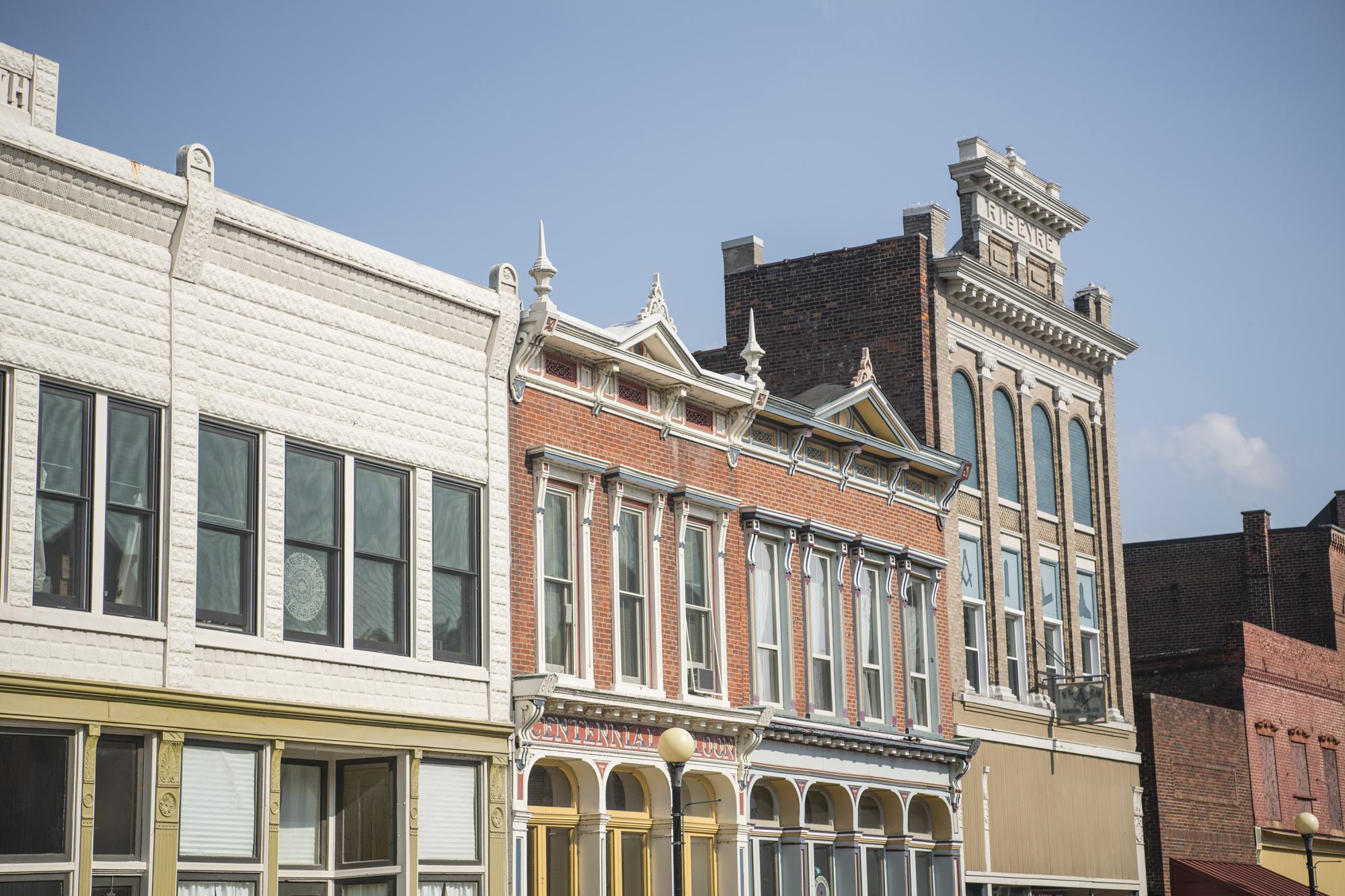

Over the next decade, the society purchased more land until they owned about 20,000 acres. By 1819 the Harmonites had built 150 log homes, a church, a community storehouse, barns, stables, and a tavern, along with thriving shops and mills, and cleared land for farming.

Bodmer’s watercolor depicts the town church.ĭespite this rocky start, construction of the new town continued. The sickness would continue until Rapp directed the drainage of the mosquito-infested lowlands around the town, which, like their town in Pennsylvania, they called Harmonie.Īrtist Karl Bodmer accompanied Prince Maximilian of Wied on his 1832-33 journey through North America. As many as 120 people died of the illness. During that first summer and fall, many of the Harmonists fell sick from malaria, and work on the new town nearly ceased.

Their new location consisted of 3,500 acres on the Wabash River in Indiana. They sold their first settlement to a Mennonite man named Abraham Ziegler for $100,000 and moved west. They soon found land in Indiana that offered a better climate and room to expand, and the group began plans to move. The group’s leaders began to look for more land elsewhere. They also began to have difficulties with the many new settlers coming to the area, making it less isolated and causing a rise in land prices. Over time, they had determined that the area’s climate was not suitable, as they had difficulties growing grapes for wine. However, by 1814 the Harmonists decided to leave Pennsylvania due to a number of reasons. Their manufactured products, particularly textiles and woolens, gained a widespread reputation for excellence, as did their wines and whiskey. By 1814 the Society boasted 700 members, a town of about 130 brick, frame, and log houses, and numerous factories and processing plants. Under the guidance of Frederick Rapp, the economy of Harmony grew from one of subsistence on agriculture to gradually diversified manufacturing. There, George Rapp, also known as Father Rapp, was recognized as the spiritual head of the Society. Rapp’s adopted son, Frederick, managed the Society’s business and commercial affairs. The society first established a colony in Butler County, Pennsylvania, called Harmony. George Rapp, leader of the Harmony Society


 0 kommentar(er)
0 kommentar(er)
